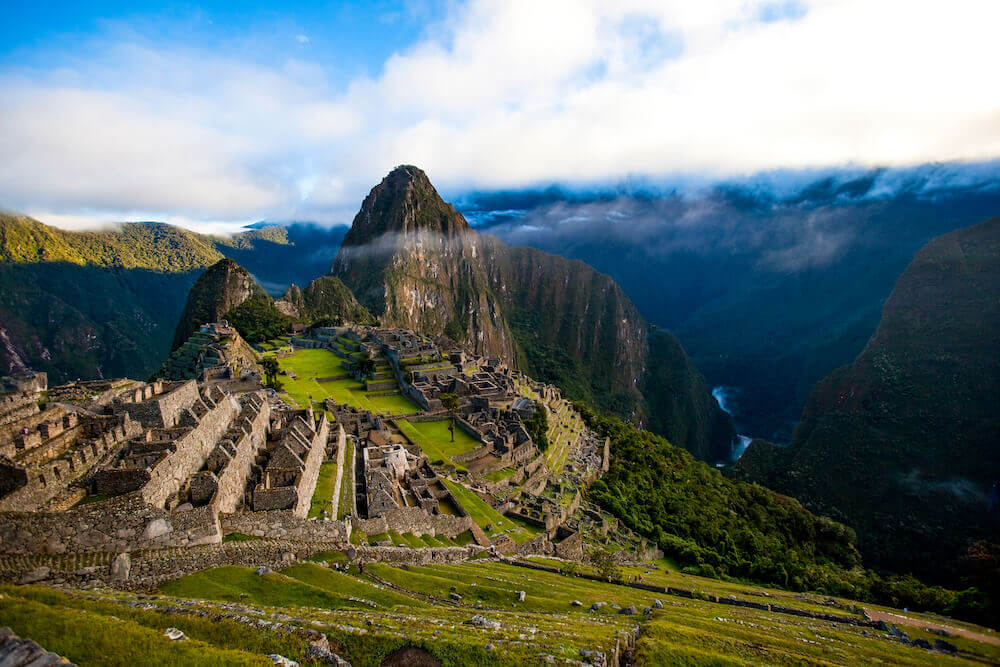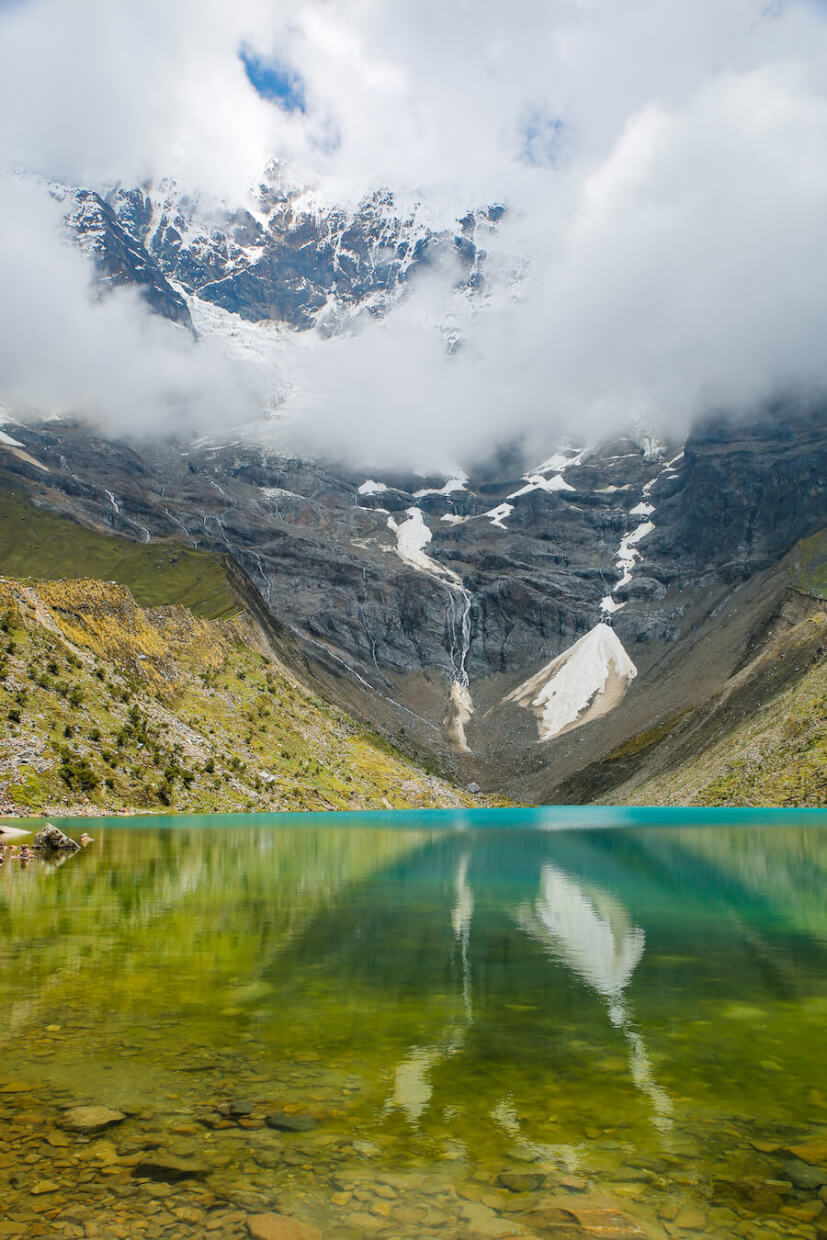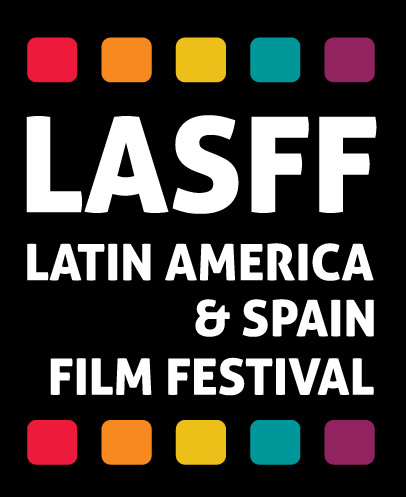This year's coordinator
Embassy of Peru to New ZealandCoordinator Message
We are delighted to present the 21st edition of the Latin America & Spain Film Festival (LASFF) in New Zealand. Throughout the years, LASFF has showcased Latin American and Spanish films with diverse themes, aiming to help the New Zealand audience understand and get closer to our cultures.
This year, the embassies of Peru, Argentina, Brazil, Chile, Cuba, Mexico, and Spain have joined forces to bring LASFF back to New Zealand. Through the lenses of filmmakers, actors, artists, genres, and different subjects, we seek to create a connection between communities. Like in previous years, we wanted to bring a wide selection of films for viewers to perceive, feel, and experience our culture through cinema.
We invite everyone to have an enriching experience through the different films presented at the festival. With narratives that are true to our cultures and traditions, we aim to showcase a unique perspective of our countries.
The festival will take place in 12 cities across New Zealand, one more than last year, including Wellington, Auckland, Blenheim, Christchurch, Hamilton, Nelson, New Plymouth, Palmerston North, Tauranga, Waiheke, Whangarei, and Whanganui. It will run from early September until late December.
We want to express our sincere gratitude to all the individuals and institutions that have contributed to making the festival stand out as one of the country’s most important events. Thanks to the support and efforts of our collaborators and, especially, our esteemed audience, LASFF is projected as one of the most significant film festivals in New Zealand.
Please enjoy this fantastic festival with family and friends.
H.E Jose E. Bustinza Soto.
Ambassador of Peru in New Zealand.

Machu Picchu, PH Alex Bryce, PROMPERÚ

Laguna Humantay, PH Enrique Nordt, PROMPERÚ
About Peru
Peru is a country renowned for its incredible diversity, encompassing multiculturalism, distinctive cuisine, and vast nature reserves.
Our country is widely recognised for its impressive nature, rich culture, captivating gastronomy, and fascinating history. We are proud to embrace important ancient civilisations, such as the Inca empire, which represents just one of the 5,000 archaeological sites scattered across our land. Many of these sites remain shrouded in mystery, none more so than Machu Picchu, a testament to the remarkable craftsmanship and precision of the Inca empire.
Peru is the cradle of ancient civilisations that arose more than ten thousand years ago in the cold highland plains of our territory. Among these civilisations, Caral occupies a special place as one of the oldest cities in the world, dating back to 5000 BC and being the oldest civilisation in the Americas.
When it comes to nature, our country epitomises beauty with remarkable biodiversity. We are ranked among the most biodiverse nations in the world, with more than 200 protected natural areas and 14 national parks. Our territory encompasses nature reserves and sanctuaries, hosting a remarkable variety of wildlife, including 1,800 species of birds, among many other things. We have the privilege of the Amazon River originating at the confluence of the Marañón and Ucayali rivers in our country. The Peruvian Amazon rainforest covers almost 60% of our land, providing a home for numerous indigenous communities that safeguard their unique cultural heritage, contributing to the richness of our diversity.
So many different natural resources have given rise to an exceptional gastronomic variety. Peru offers an incomparable gastronomic experience, with the best restaurants and some of the most outstanding chefs in the world.
And it is thanks to all this diversity that exists in our country that through movies we seek to reflect the beauty and cultural richness of our people. As this year´s Peru’s films selected for LASFF, Peruvian cinema has created many high-level films, which are recognised by critics not only in our country, but also internationally. Some of these classics are Captain Pantoja and the Special Service, 1999, a film inspired by the first novel of the Nobel Prize for Literature Mario Vargas Llosa, which won seven awards at the Gramado Film Festival in Brazil, including the highest award: the Kikito de Oro for Best Film. It also received the Audience Award at the Viña del Mar International Film Festival in Chile. Another unmissable classic of more recent Peruvian cinema is the film Magallanes, an adaptation of the novel La Pasajera, by the Peruvian writer Alonso Cueto. The film received the Films in Progress award from the San Sebastián International Film Festival (Spain) and the Colón de Oro from the Ibero-American Film Festival of Huelva (Spain). In addition, it was nominated for Best Ibero-American Film at the Goya Awards.
Through LASFF, we extend an invitation to everyone, encouraging them to explore a small part of our country and fall in love with it, just as so many others have before.
Suyayku kay wata raymiwan kusikunaykita! (Quechua)
We hope you enjoy the festival this year!
H.E Jose E. Bustinza Soto
Ambassador of Peru in New Zealand.
